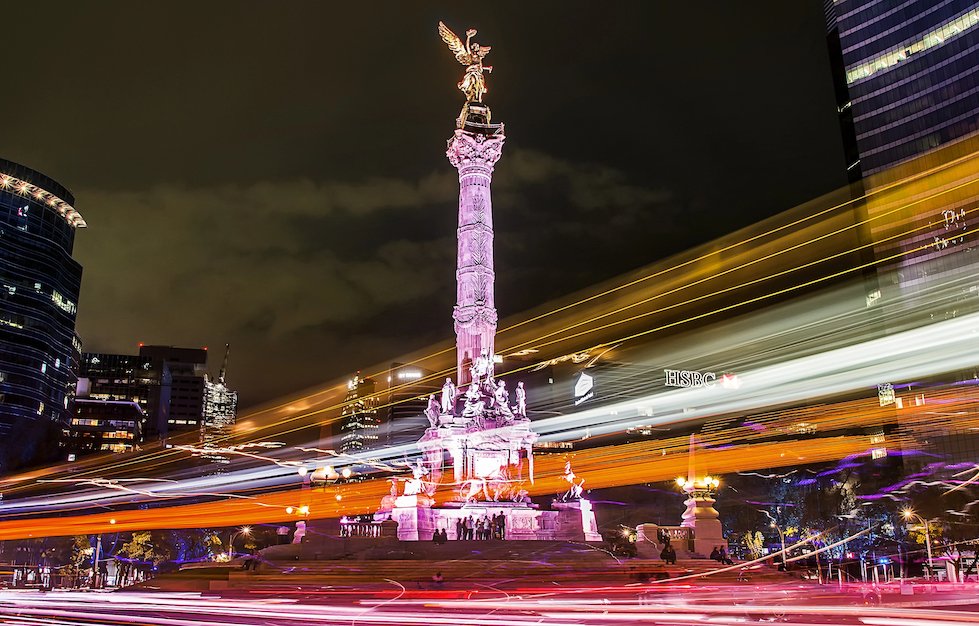August 3, 2010
Vienna, Austria
There’s something I really like about the rural areas of Central Europe. Whether you’re in Poland, Slovakia, Hungary, or Ukraine, just about everyone you meet outside of the major cities is an amateur farmer. As this area was the breadbasket of the old Soviet Union, it’s truly an ‘agriculture culture.’
Their gardens are generally small, usually about an acre at most. But in this small space, locals will raise an impressive variety of grains, vegetables, fruit trees, and even a few chickens and pigs.
It’s not a question of money– it’s not like these people are so broke that they can’t afford to buy a head of lettuce at the grocery store. Many of them simply want to know exactly what they’re putting their bodies, and it’s worth the extra 30-60 minutes in daily chores.
For most, though, their reasons are largely cultural– they were taught farming at a young age by their parents, and having a garden is simply the normal thing to do.
On a personal level, I could write to you all day about how delightful it was to have home-cooked meals all weekend where every ingredient came from my friends’ gardens… right down to the artesian well water.
Taste buds aside, though, I think that on an economic level, there’s hardly a safer bet than agricultural land.
On the demand side of the equation, one only needs to look at the world’s population explosion, especially in the developing world. These are people and cultures whose dietary habits will shift from vegetables and grains to resource-intensive meats. Their wallets and waistlines will get fatter together.
If you have any doubt, take a trip to China one of these days and check out all the fat kids running around town eating donuts and McDonalds.
Unquestionably, it takes far more land, grain, and water to raise one pound of beef than it does to grow a pound of rice or carrots. As millions of babies are born into rapidly expanding economies and increased disposable income, they will be brought up with new dietary norms– a chicken in every pot, two all-beef patties in every lunchbox.
Among everything else, this dietary shift may end up having the greatest impact on the world. For example, people talk about “the China effect” when addressing rising oil or copper prices. I’m not dismissive of that argument, but I believe that technological advances and alternative resources will dampen the rise of those commodities.
On the other hand, there really is no substitute for food. Agricultural yields and production methods have certainly improved over the years, but two things prevent technology from holding back food prices, at least for the time being:
First, the emerging dietary trend in the developed world is towards natural production methods that eliminate the hormones, pesticides, and industrial harvesting. This organic approach is much slower and less efficient when strictly comparing yields.
Second, a lot of the new agricultural technology these days is focused on things like carbon capturing rather than improving yields or production efficiency. Some of the greatest scientific minds in the world are toiling away trying to figure out how to contain bovine flatulence rather than dealing with the coming resource imbalance.
Furthermore, regardless of where you stand on climate change, it’s indisputable that arable land around the world is declining– soil erosion, development, drought, etc. are actually reducing the amount of land available for farming. And as they say, they ain’t makin’ any more of it.
To me, all of this makes a very compelling case for owning agricultural land. Given that land prices in many parts of the world are depressed at the moment, I think it’s an absolute no-brainer.
A few weeks ago I wrote about South American farmland, for example, that can be purchased for as little as $25/acre. This price point is not uncommon in the remote areas of Paraguay and Brazil. Frankly, 20 times that price would still be quite a bargain.
Even at higher prices, there are great deals to be had; for example, I have seen small homes with 5-10 acres of land in Paraguay and Ecuador selling for less than $39,000– they’re basically selling the house for the cost of construction and giving away the land for free. This is a deal by any standard.
There are a lot of other places in the world where I’m looking as well– including certain countries in Asia and Africa. To be clear, though, the best deals will never be published online. Don’t expect to Google “farmland in Paraguay” and find the bargains.
Sniffing out the best properties, negotiating the best price, and finding the best people to work with requires boots on the ground. It has taken me several years to build up a network of trustworthy contacts who can source these opportunities, and I plan on sharing their knowledge with you when we launch a private forum in a few weeks.
For today, though, I simply want to plant a seed (ha) and get you thinking in this direction. Allocating a few thousand dollars of your savings to agricultural land somewhere outside of your home country is a simple, cost-effective no-brainer. In the end, you’ll have an escape hatch, a means of survival, and an excellent store of value.







